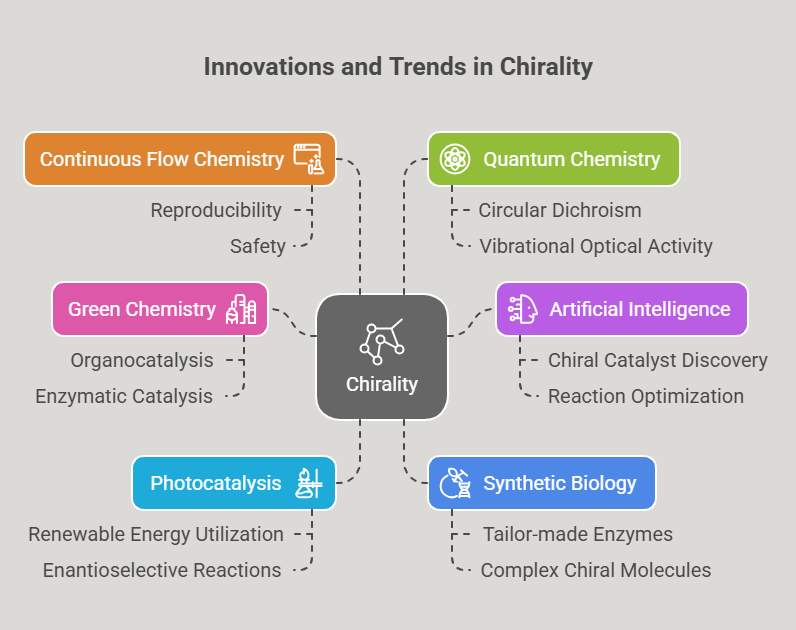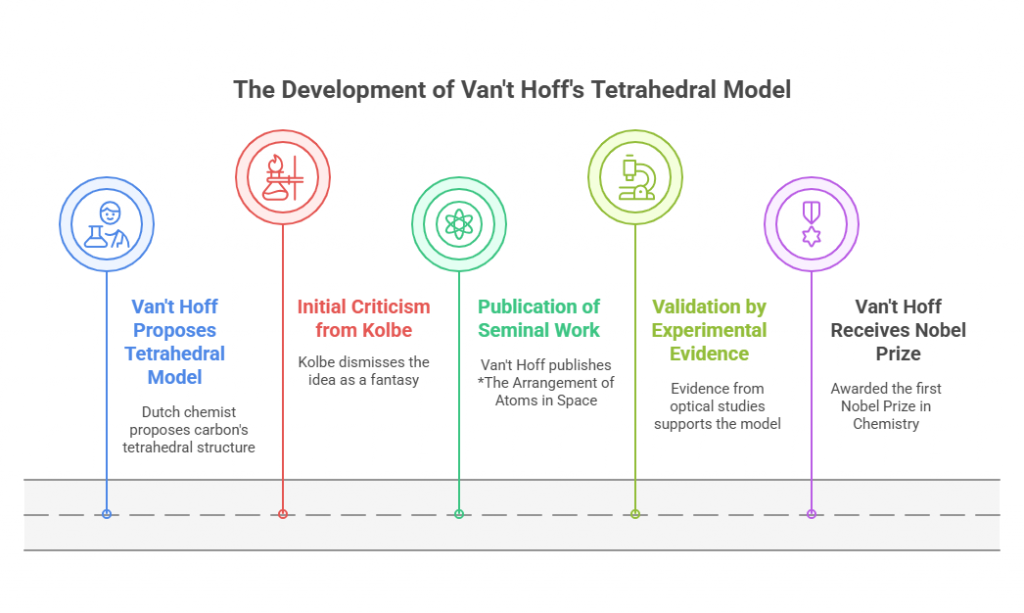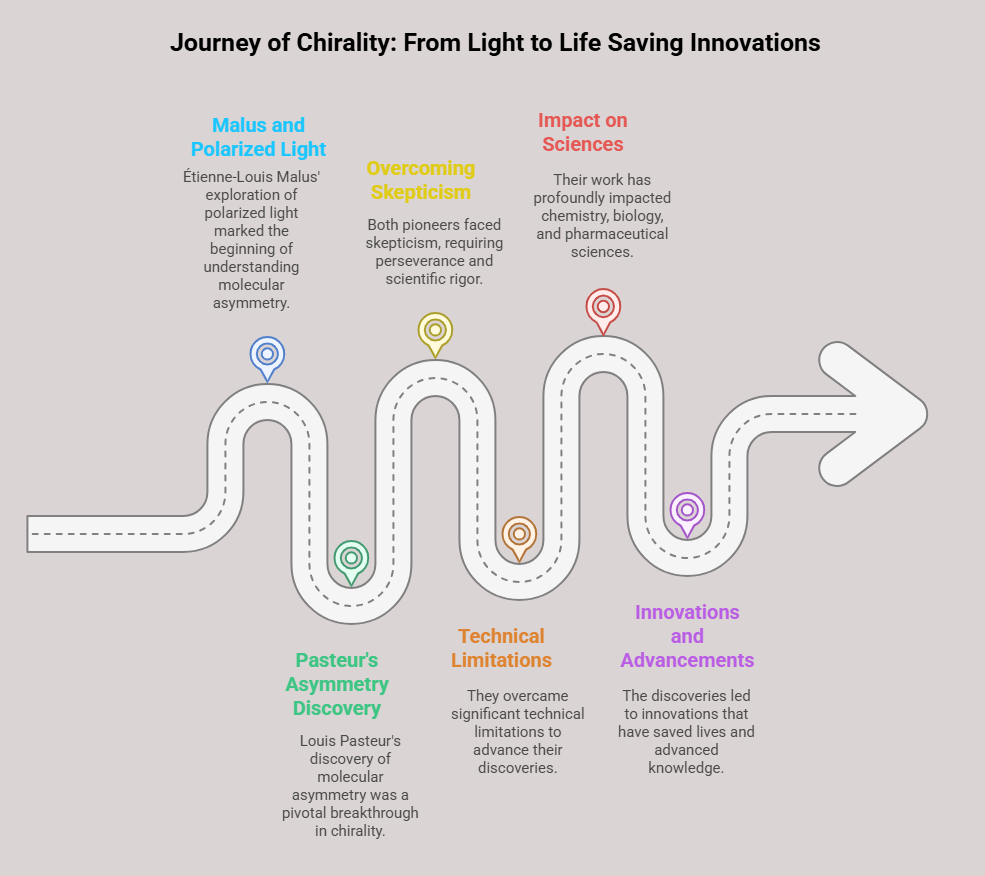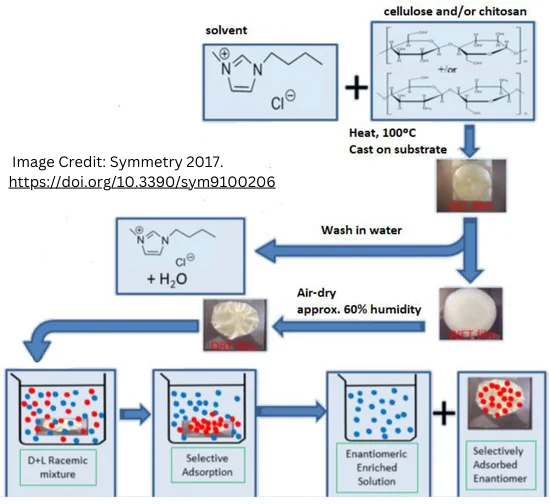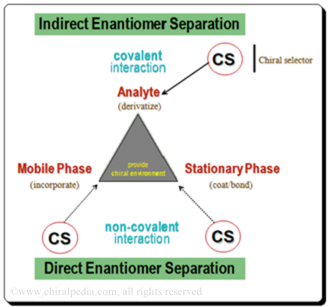Part 5. The Future of Chirality: Challenges and Innovations
As the study of chirality enters its next phase, it remains at the forefront of scientific exploration, bridging disciplines such as chemistry, biology, pharmacology, and material science. The journey from its foundational discoveries to the transformative breakthroughs in asymmetric synthesis and pharmaceutical applications has established chirality as a fundamental concept in understanding and manipulating molecular asymmetry. This final chapter provides a holistic summary of chirality’s journey, its underpinnings, and where it is headed in the …
Part 5. The Future of Chirality: Challenges and Innovations Read More »
